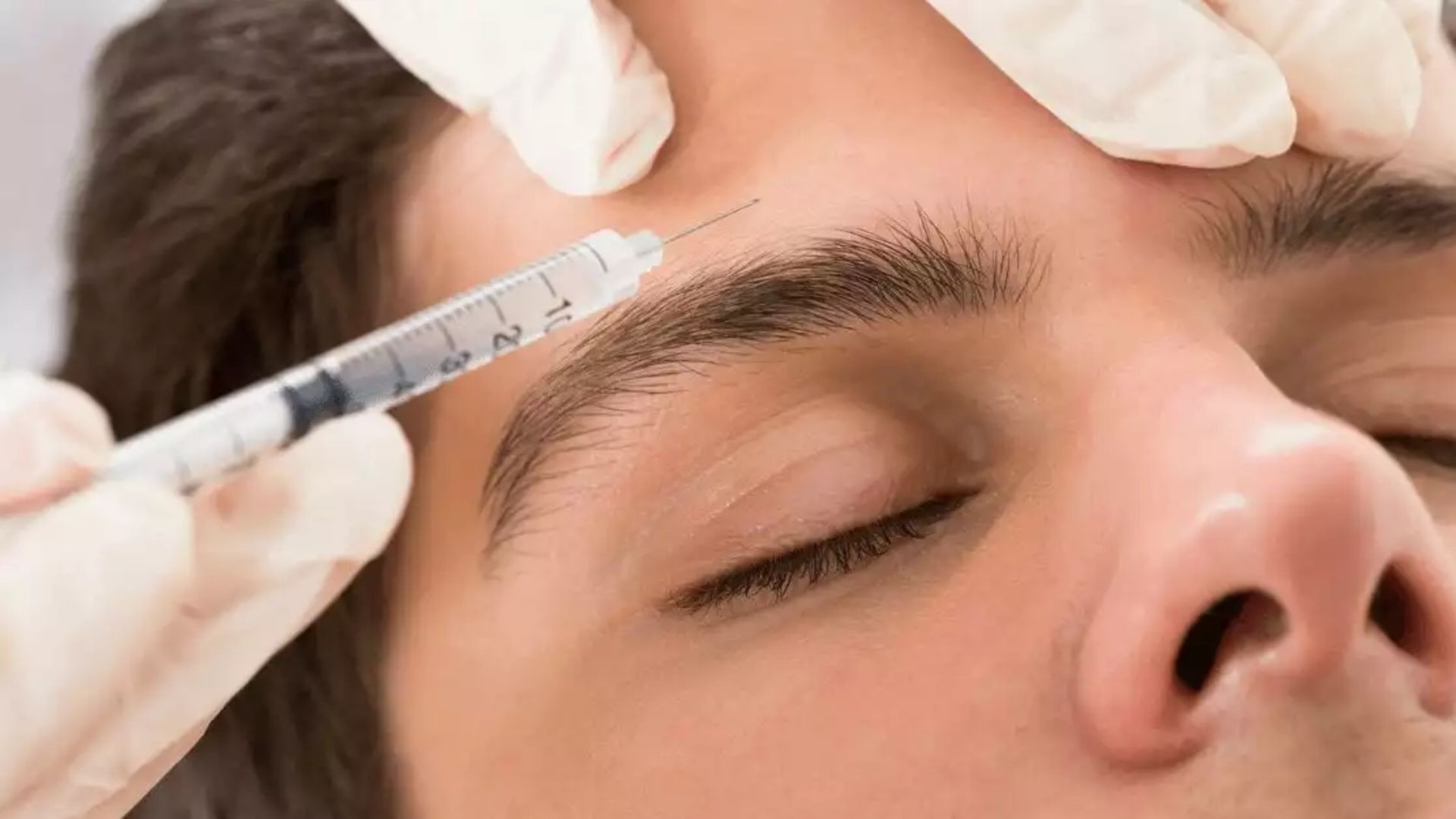
In the realm of medical treatments, the quest for effective migraine remedies has been a long and arduous journey. Migraines, often characterized by debilitating headaches accompanied by symptoms like nausea, sensitivity to light and sound, can significantly impair one’s quality of life. Amidst various pharmaceutical interventions, an unexpected contender emerged from an unexpected corner: Botox, renowned for its cosmetic applications, has made waves in the migraine treatment landscape. But how does a toxin associated with wrinkle reduction become a beacon of hope for migraine sufferers? Let’s delve into the science behind Botox as a migraine treatment.
Understanding Migraines: Before delving into Botox’s role, understanding the intricacies of migraines is crucial. Migraines are complex neurological conditions, often triggered by a variety of factors including stress, hormonal changes, certain foods, and environmental stimuli. They involve abnormal brain activity, leading to the dilation and inflammation of blood vessels, subsequently causing the throbbing pain characteristic of migraines.
The Role of Botox: Botox, short for botulinum toxin, might seem like an unconventional choice for migraine treatment, but its mechanism of action offers insights into its efficacy. Traditionally known for its cosmetic benefits in temporarily reducing facial wrinkles, Botox operates by inhibiting the release of acetylcholine, a neurotransmitter responsible for muscle contraction. This muscle-relaxing property is pivotal in its migraine-alleviating effects.
Clinical Evidence: The journey of Botox from the realm of aesthetics to therapeutics was not accidental. Extensive clinical trials paved the way for its approval as a migraine treatment by regulatory authorities. These trials demonstrated that when injected into specific sites around the head and neck, Botox effectively reduced the frequency and severity of migraines in chronic sufferers. The injections target sensory nerves involved in transmitting pain signals, thereby offering relief from migraine symptoms.
Patient Experience: Beyond clinical trials, the real litmus test lies in the experiences of patients who have undergone Botox treatment for migraines. Many report significant improvements in their migraine symptoms, including reduced frequency, intensity, and duration of attacks. Moreover, the effects of Botox tend to be long-lasting, with some patients experiencing relief for several months post-treatment.
Challenges and Considerations: Despite its promising outcomes, Botox as a migraine treatment is not without its limitations. Firstly, the treatment regimen requires multiple injections administered by a trained healthcare professional, which might deter some patients. Additionally, not all migraine sufferers are eligible candidates for Botox treatment, as its efficacy varies among individuals. Furthermore, like any medical intervention, Botox carries potential side effects, albeit rare, including temporary muscle weakness and injection site reactions.
The expense of using Botox for treating migraines can vary depending on several factors. Typically, Botox injections for migraine treatment involve multiple injections administered every 12 weeks. The cost may include the price of the Botox itself, as well as the fees charged by healthcare professionals for administering the injections. Despite the cost, many migraine sufferers find relief through Botox therapy, making it a valuable option for those seeking effective migraine management.
Future Directions: As research in neurology and migraine management continues to evolve, so too does our understanding of Botox’s role in alleviating migraine symptoms. Future studies may elucidate optimal dosing regimens, patient selection criteria, and potential synergies with other migraine therapies. Moreover, ongoing research into the pathophysiology of migraines may uncover novel targets for Botox and other emerging treatments.
In conclusion, the realm of migraine management, Botox has transcended its cosmetic origins to emerge as a viable therapeutic option. Its ability to modulate neural signalling and muscle activity offers a unique avenue for relieving the burden of chronic migraines. While challenges remain, the growing body of evidence supporting Botox’s efficacy underscores its potential to transform the lives of migraine sufferers worldwide. As we continue to navigate the complexities of neurological disorders, Botox stands as a testament to the boundless possibilities of medical innovation.
The author is an internationally renowned Dermatologist, Surgeon & Aesthetic Physician (www.drajayrana.in). Also, the Founder and Director of ILAMED & Dermalyn Aesthetics. He can be reached at drajayrana@ilamed.org